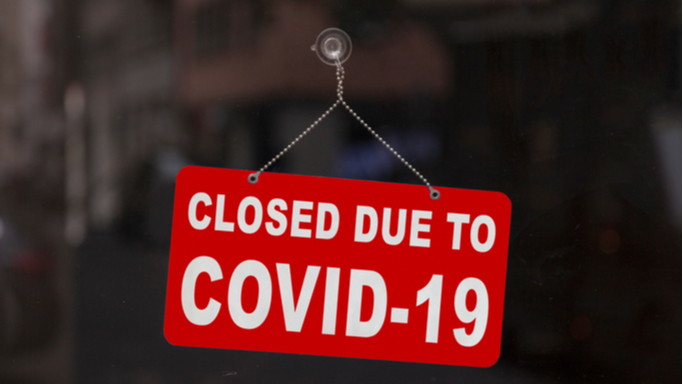When the federal Paycheck Protection Program ran out of money last week, the program seemed doomed because of partisan wrangling.
However, yesterday congressional leaders and the White House struck a deal to replenish the program and the Senate quickly passed the new injection of funds. By the end of the week, if the House also passes the bill, the popular loan program may be back up and running — and not a moment too soon.
As I wrote last week,
Conservatives would like to add more money to the program to help more small businesses make payroll. Liberals won’t agree unless they get some of their wishlist funding and increase regulatory red tape.
The new deal is not entirely the “clean bill” (i.e. only funds for the PPP) that conservatives wanted, but it’s not laden with giveaways that liberals were demanding either.
The bulk of the $480 billion of new funding is $310 billion for loans with $60 billion dedicated for small, midsize, and community lenders. Of the remainder, $75 billion will go to hospitals, $25 billion to testing, and $60 billion will create a separate emergency disaster loans and grants fund.
At IWF we believe that stimulus aid should be targeted, temporary, and flexible. Of the stimulus measures taken since the outbreak of COVID-19, the PPP has probably been closest to achieving those principles.
This program, which gave forgivable loans to 1.6 million businesses if they used the majority of the funds for payroll, is not an unlimited slush fund and it was conceived with flexibility for businesses in mind.
It’s so popular that according to the National Federation of Independent Business 70 percent of small-business owners tried to apply for a loan, but had varying degrees of success. Meanwhile, of the 30 percent who had not actively tried to apply, one-third of them planned to do so in the next month and the other third were considering it.
One of the problems that emerged with the PPP is related to the principle of being targeted. According to reporting, large companies such as chain restaurants, hotels, and publically-traded companies successfully applying for multi-million dollar loans. Program funds were given out on a first-come, first-serve basis and perhaps some of these bigger companies just had the resources to submit their applications faster.
A class-action suit filed by a group of small businesses argues that big lenders such as JPMorgan, Bank of America, Wells Fargo, and US Bank also prioritized larger loan applications over small ones for the processing fees.
The Administration has acknowledged the issue and intends to issue certification guidance about which companies should qualify for PPP loans.
President Trump went further saying they would ask big companies to return the funds:
I’m not going to mention any other names, but when I saw Harvard — they have one of the largest endowments anywhere in the country, maybe in the world. They’re going to pay back the money.
As my colleague Heather Madden wrote about today, national burger chain Shake Shack promised to return its $10 million loan after it came to light.
While the media is hyping this issue, and it’s an important issue to point out, the program still has merit and it is still helping small businesses.
According to Axios analysis of Small Business Administration data, almost nine out of 10 PPP loans were for less than $350,000 (87.5 percent of the loans totaling $109 billion of the $349 billion). Just 4 percent of loans were for $1 million and over but they ate up $152 billion of program funding.
This is a flaw in the execution of the program, but it is still a better way to help workers than other forms of stimulus such as unemployment.
The intent of the program was to ensure that mom and pop shops and even independent contractors who may employ only themselves or a handful of workers can keep paying their workers during government-mandated closures.
The mitigation strategies employed to stop the spread of COVID-19 prompted state governments to shut down businesses. Closing wasn’t their choice or the result of their failings.
For the workers who face losing a paycheck and joining 22 million Americans in the unemployment line, it is a better strategy to help them stay attached to their jobs rather than waiting for them to be let go and pushing them onto government dependency programs.
The House is set to vote on this bill tomorrow. For the sake of millions of small businesses whose applications remain in limbo after funding ran out or those who desire to apply for funding, let’s hope Congress can get this deal done.

